On April 8, 2025, Microsoft released its monthly security updates, addressing a total of 121 vulnerabilities across various products.
Among these, CVE-2025-29824, a zero-day vulnerability in the Windows Common Log File System (CLFS) Driver, has been actively exploited in ransomware attacks.

CVE-2025-29824 Overview
CVE-2025-29824 is an elevation of privilege (EoP) vulnerability within the CLFS Driver, a component responsible for managing system and application event logs. This flaw allows attackers who have already gained initial access to a system to escalate their privileges to the SYSTEM level, thereby gaining full control over the compromised machine.
The vulnerability stems from a use-after-free condition in the CLFS Driver, which can be exploited to execute arbitrary code with elevated privileges. It is noteworthy that this is the sixth EoP vulnerability in the CLFS component exploited in the wild since 2022, showcasing a recurring target for attackers.
Active Exploitation and Ransomware Deployment
Microsoft has observed active exploitation of CVE-2025-29824 in ransomware campaigns. The Microsoft Threat Intelligence Center (MSTIC) identified that the vulnerability has been leveraged by a threat group, designated as Storm-2460, to deploy ransomware known as PipeMagic. Affected regions include the United States, Spain, Venezuela, and Saudi Arabia.
Patch Availability and Recommendations
Microsoft has released patches for most affected systems as part of the April 2025 Patch Tuesday updates. However, updates for Windows 10 (both 32-bit and x64-based systems) are pending release. Microsoft has stated that these updates will be made available as soon as possible and will notify customers accordingly.
Organizations using Windows 10 should implement the following measures:
- Monitor systems: Utilize Endpoint Detection and Response (EDR) tools to monitor for unusual activities related to the CLFS Driver.
- Restrict privileges: Limit user privileges to the minimum necessary to reduce the potential impact of exploitation.
- Network segmentation: Segment networks to prevent lateral movement by attackers.
- Regular backups: Ensure that critical data is regularly backed up and that backups are stored securely offline.
While Microsoft has released fixes for most supported systems, organizations relying on affected versions of Windows 10 should be cautious. Closely monitor Microsoft’s update channels and security advisories for the release of pending patches.
In the meantime, IT teams should reinforce their defense strategies by implementing compensating controls, such as limiting administrative privileges, enhancing endpoint detection capabilities, and isolating high-risk systems. In addition, user awareness training around phishing and malicious downloads can help prevent initial access that may lead to privilege escalation via this vulnerability.
Being informed and prepared will ensure that when the full patch set becomes available, it can be deployed swiftly and effectively, closing the window of opportunity for attackers leveraging this zero-day flaw.


